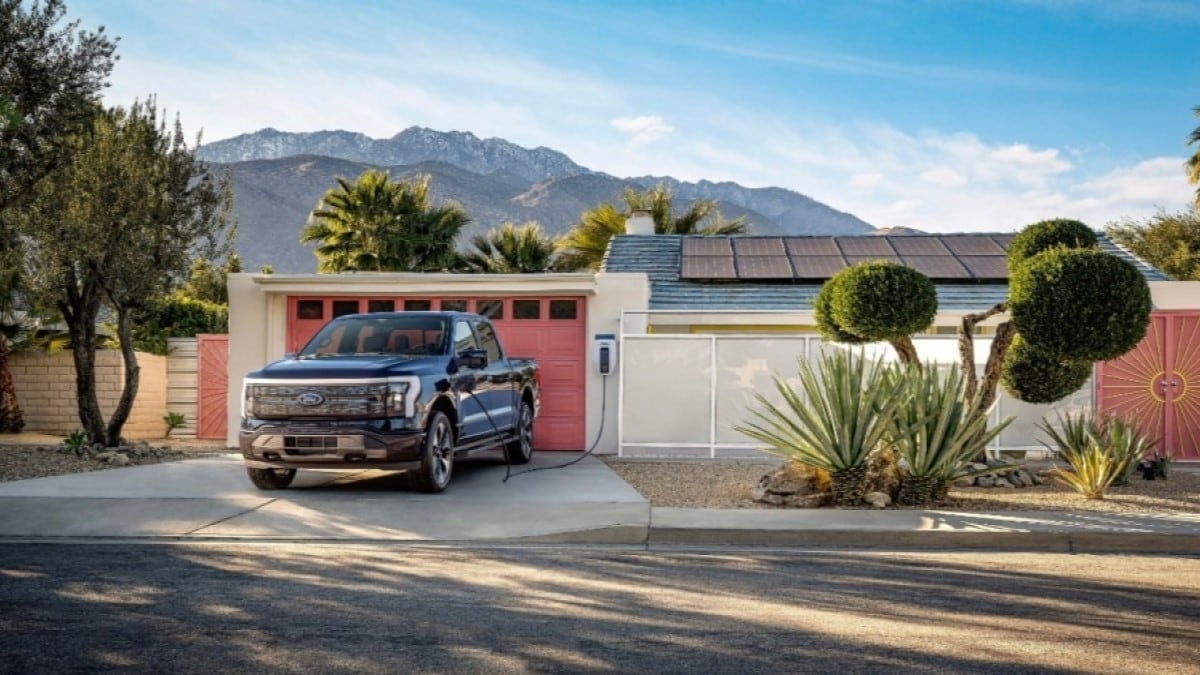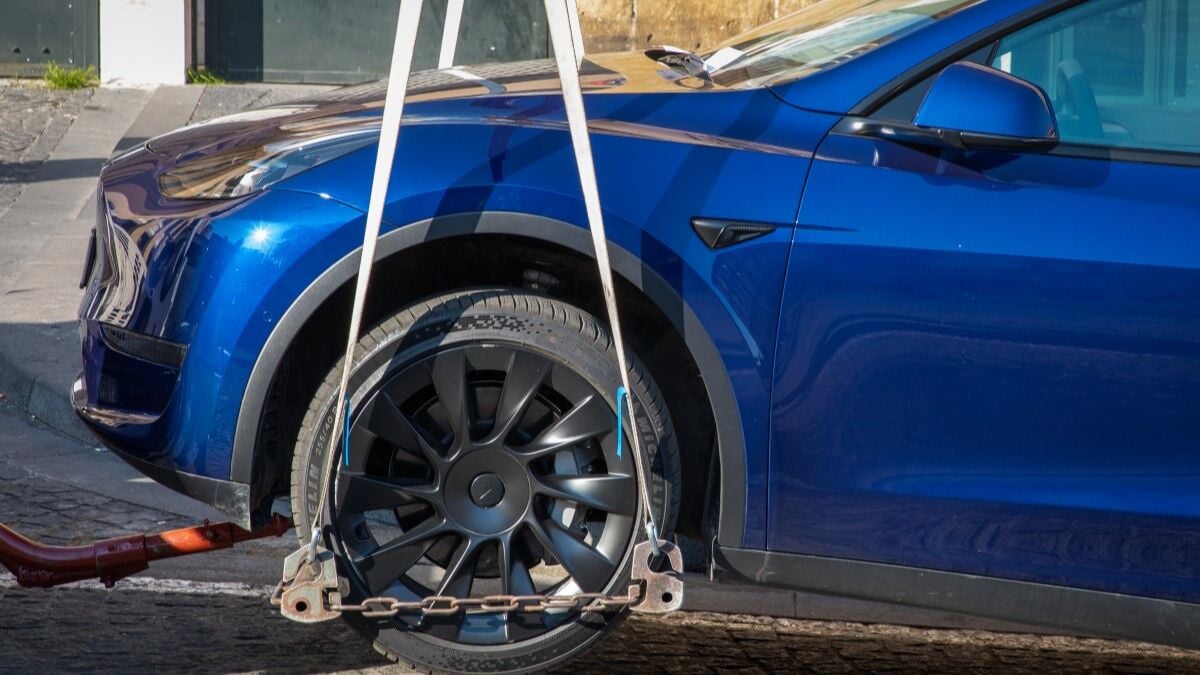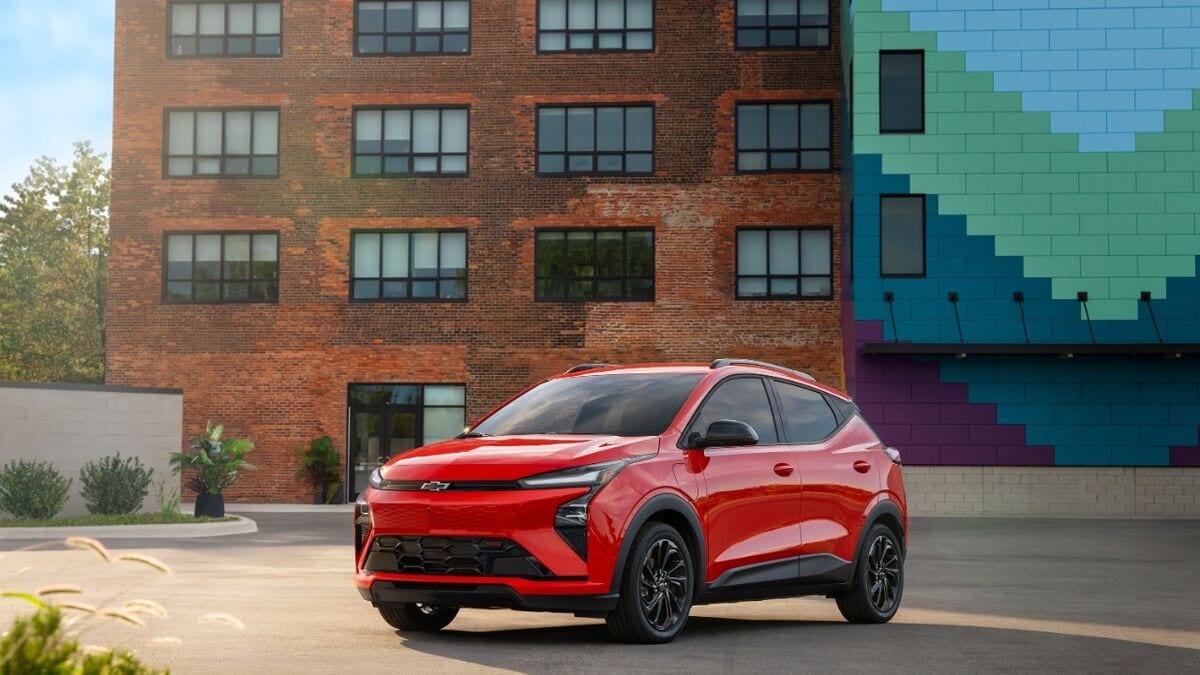Ford has teamed up with a Southern California energy company to offer electric vehicle (EV) owners the chance to earn money by letting their vehicles serve as backup batteries for the state’s electric grid.
Ford and Southern California Edison (SCE) announced the program this week. Under SCE’s Emergency Load Reduction Program, the company will pay owners and lessees of Ford EVs $1 per kWh to plug them in and offer power back to the electricity grid. SCE is California’s second-largest utility.
Related: North Carolina EV Owners Could Help Power the Grid
That figure is considerably more than the typical cost of charging. A study by roadside assistance provider Mach1 found the average fill-up cost varied from $0.30 to $0.60 per kWh. EV drivers could theoretically charge for a lower rate at off-peak times and send energy back to the grid for more money at peak times.
It would be hard to make the enterprise profitable. Homeowners would need to install equipment that lets the truck send power back to the grid, which can cost thousands of dollars.
Business owners are also eligible to participate, though the stacked cost of adding the technology for a fleet of trucks may make it cost-prohibitive.
Pacific Gas & Electric, California’s and the nation’s largest electricity provider, launched a similar program last year. However, it is limited to 1,000 participants and caps earnings. SCE’s program does not mention a limit.
Related: Some Texas Residents Can Now Charge Ford EVs for Free
SCE’s program could expand to owners of cars built by other brands. A Ford statement calls the company “the first U.S. automaker to participate in the ELRP program,” leaving the door open for others to join.
Some EVs Can Give and Take Electricity
Every EV can charge from the electric grid, but only some can send power back to it.
Some EVs have so-called bidirectional charging, but it is limited to small amounts. The GMC Hummer, for instance, produces enough energy to power tools and tailgate accessories in the field.
Others, like Ford’s F-150 Lightning and Chevrolet’s Silverado EV, can power a house for several days through a blackout.
That technology will likely grow more common as EV technology matures in the coming years.
The Energy Industry Needs Batteries
America’s energy companies search for ways to make the country’s grids more resilient.
Yes, grids. Though the media commonly refers to “the grid,” America has five energy grids. Only slightly connected, they can’t exchange much power.
As electric utilities introduce more renewable energy sources to power grids, they face a new challenge: Some days, renewables produce more energy than the grid can use, but utilities have few ways to store it.
On other days, users request more energy than the grid can deliver. In extreme circumstances, this can lead to rolling blackouts. Such heavy-usage days are becoming more common as climate-change-driven heatwaves increase demand for air conditioning.
California’s program offers one solution: tapping the hundreds of thousands of rolling batteries California residents own. Department of Energy numbers show more than 1.2 million EVs registered in the state as of late 2023.
This proposal is one of several potential strategies to increase grid resiliency. U.S. Energy Secretary Jennifer Granholm recently told Kelley Blue Book other ideas, including replacing existing power lines with advanced conductors so already approved infrastructure can carry more energy.
SCE Taking Signups Now
SCE customers who own or lease a Ford EV can apply for the California Power Response program at www.ford.com/grid/capr.








